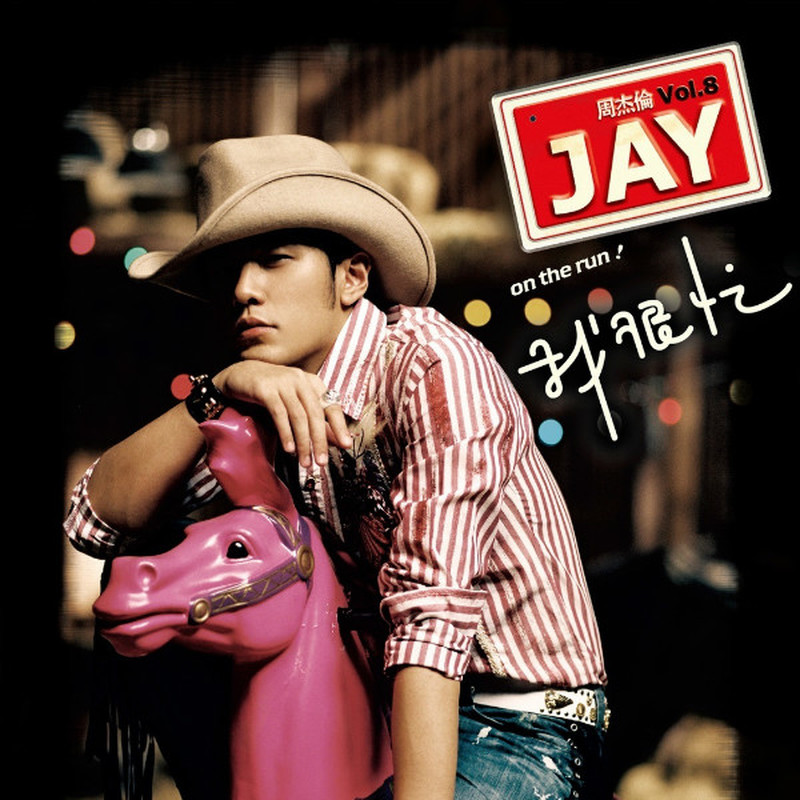带你搞懂this
源链接:https://juejin.cn/post/6946021671656488991 (opens new window)
译文链接:https://juejin.cn/post/6939144174616707103 (opens new window)
记住一个七步口诀:
箭头函数、new、bind、apply 和 call、欧比届点(obj.)、直接调用、不在函数里。
按照口诀的顺序,只要满足前面某个场景,就可以确定 this 指向了。
# 什么是 this
在传统面向对象的语言中,比如Java,this关键字用来表示当前对象本身,或当前对象的一个实例,通过this关键字可以获得当前对象的属性和调用方法。
在JavaScript中,this似乎表现地略有不同,这也是让人“讨厌”的地方~
ECMAScript 规范中这样写:
this 关键字执行为当前执行环境的 ThisBinding。
MDN 上这样写:
In most cases, the value of this is determined by how a function is called. 在绝大多数情况下,函数的调用方式决定了this的值。
可以这样理解,在 JavaScript 中,this的指向是调用时决定的,而不是创建时决定的,这就会导致this的指向会让人迷惑,简单来说,this具有运行期绑定的特性。this的指向得看函数调用时。
# 箭头函数
箭头函数排在第一个是因为它的 this 不会被改变,所以只要当前函数是箭头函数,那么就不用再看其他规则了。
箭头函数的 this 是在创建它时外层 this 的指向。这里的重点有两个:
- 创建箭头函数时,就已经确定了它的 this 指向。
- 箭头函数内的 this 指向外层的 this。
所以要知道箭头函数的 this 就得先知道外层 this 的指向,需要继续在外层应用七步口诀。
# new
当使用 new 关键字调用函数时,函数中的 this 一定是 JS 创建的新对象。
可能会有疑问,“如果使用 new 关键调用箭头函数,是不是箭头函数的 this 就会被修改呢?”。
func = () => {}
new func() // VM132:2 Uncaught TypeError: func is not a constructor at <anonymous>:2:1
2
箭头函数不能当做构造函数,所以不能与 new 一起执行。
# bind
bind 是指 Function.prototype.bind() (opens new window)。
# 多次 bind 时只认第一次 bind 的值
function func() {
console.log(this)
}
func.bind(1).bind(2)() // 1
2
3
4
5
# 箭头函数中 this 不会被修改
func = () => {
// 这里 this 指向取决于外层 this,参考口诀 7 「不在函数里」
console.log(this)
}
func.bind(1)() // Window,口诀 1 优先
2
3
4
5
6
# bind 与 new
function func() {
console.log(this, this.__proto__ === func.prototype)
}
boundFunc = func.bind(1)
new boundFunc() // Object true,口诀 2 优先
2
3
4
5
6
# apply 和 call
apply() 和 call() 的第一个参数都是 this,区别在于通过 apply 调用时实参是放到数组中的,而通过 call 调用时实参是逗号分隔的。
# 箭头函数中 this 不会被修改
func = () => {
// 这里 this 指向取决于外层 this,参考口诀 7 「不在函数里」
console.log(this)
}
func.apply(1) // Window,口诀 1 优先
2
3
4
5
6
# bind 函数中 this 不会被修改
function func() {
console.log(this)
}
boundFunc = func.bind(1)
boundFunc.apply(2) // 1,口诀 3 优先
2
3
4
5
6
# 欧比届点(obj.)
function func() {
console.log(this.x)
}
obj = { x: 1 }
obj.func = func
obj.func() // 1
2
3
4
5
6
7
# 直接调用
在函数不满足前面的场景,被直接调用时,this 将指向全局对象。在浏览器环境中全局对象是 Window,在 Node.js 环境中是 Global。
先来个简单的例子:
function func() {
console.log(this)
}
func() // Window
2
3
4
5
来一个复杂的例子,外层的 outerFunc 就起个迷惑目的:
function outerFunc() {
console.log(this) // { x: 1 }
function func() {
console.log(this) // Window
}
func()
}
outerFunc.bind({ x: 1 })()
2
3
4
5
6
7
8
9
10
11
# 不在函数里--全局作用域中
不在函数中的场景,可分为浏览器的 <script /> 标签里,或 Node.js 的模块文件里。
- 在
<script />标签里,this 指向 Window。 - 在 Node.js 的模块文件里,this 指向 Module 的默认导出对象,也就是 module.exports。
# 非严格模式
严格模式是在 ES5 提出的。在 ES5 规范之前,也就是非严格模式下,this 不能是 undefined 或 null。所以**在非严格模式下,通过上面七步口诀,如果得出 this 指向是 undefined 或 null,那么 this 会指向全局对象。**在浏览器环境中全局对象是 Window,在 Node.js 环境中是 Global。
例如下面的代码,在非严格模式下,this 都指向全局对象:
function a() {
console.log("function a:", this)
;(() => {
console.log("arrow function: ", this)
})()
}
a()
a.bind(null)()
a.bind(undefined)()
a.bind().bind(2)()
a.apply()
// function a: Window {}
// arrow function: Window {}
2
3
4
5
6
7
8
9
10
11
12
13
14
15
16
17
18
19
在严格模式下,则会输出 undefined / null。
七步口诀在严格模式下和非严格模式下都是完备的,只是在非严格模式下 null 或 undefined 会被转换为全局对象。所以没有将这点列入口诀中。
